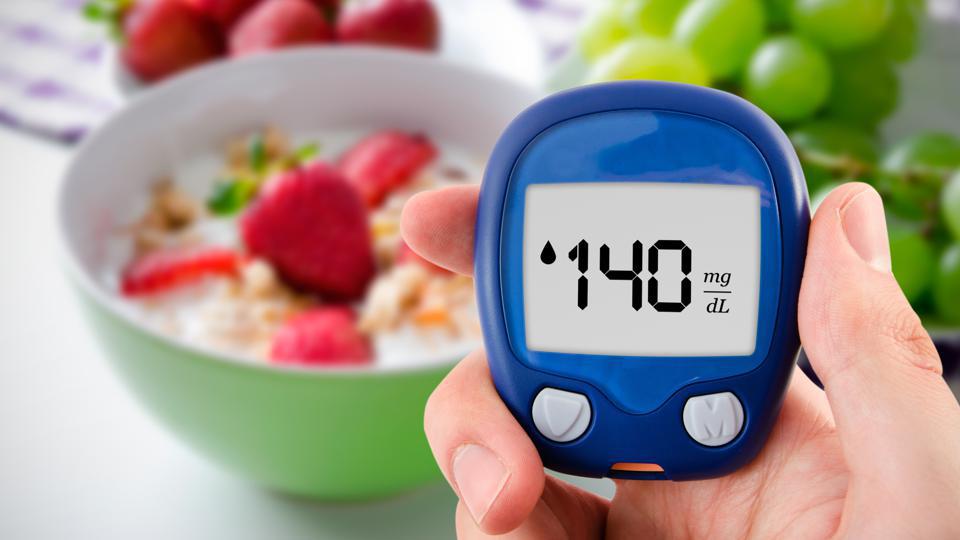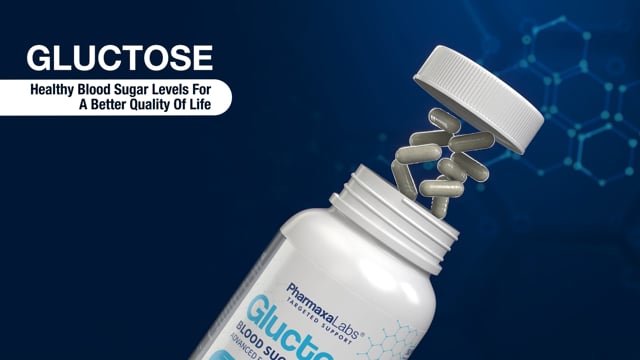Discover your healthy life
Latest Promotion

Latest Posts
OFFICIAL

Glucose Supplement Review: Achieve Balanced Blood Sugar Naturally
Welcome to my channel! Today, I’m diving into Glucose, a powerful supplement designed to support optimal blood sugar levels naturally. […]
OFFICIAL

A1C Test for Measuring Blood Sugar Levels
MEDICAL ANIMATION TRANSCRIPT: An A1C test is a blood test that can be used to estimate the average amount of […]
OFFICIAL

3 Essential Blood Tests To Run: you need to know this | Episode 4 of 18
Useful Links that I cover in the video: • Anti-Spike Formula, my new supplement that reduces the spike of carbs […]
OFFICIAL

Gluctose Video – Blood Sugar Support Supplement
https://www.gluctose.com/ Gluctose – Blood Sugar Support Supplement All-Natural Maximum Strength Formula Safe, Natural Support For Your Blood Sugar Levels! SUPPORTS […]
OFFICIAL

Gluctose – Blood Sugar Support Supplement
https://www.gluctose.com/ Gluctose – Blood Sugar Support Supplement All-Natural Maximum Strength Formula Safe, Natural Support For Your Blood Sugar Levels! SUPPORTS […]
I don’t go to the Doctor. I BUY my own Blood Tests: Here’s why
I do this every 12-18 months and don’t want to visit a regular Doctor
Dr. Dhand’s Website: https://www.drsuneeldhand.com
Dr. Dhand’s Natural Anti Inflammation Immune Support Supplement: https://www.ojaiswellness.com
Dr Dhand Free Newsletter Sign-Up: https://suneeldhandmd.substack.com
Dr. Dhand’s MetThrive Method for over-60s: https://losegutlevelup.com/program-for-over-60s
Share on
7 Simple Tips for Better Blood Sugar Control and More Energy | “Glucose Goddess” Jessie Inchauspé
Levels Co-Founder Casey Means, MD, and “Glucose Goddess” Jessie Inchauspé talked about all things glucose, including Inchauspé’s top hacks for better blood sugar control.
✅ The Glucose Goddess hacks:
– Have a savory breakfast (not a sweet one).
– Eat your veggies first at every meal.
– Never eat sugar on an empty stomach (only as dessert after a meal).
– After you eat, use your muscles for 10 minutes (e.g., go for a 10-minute walk).
– Have some apple cider vinegar diluted in water before a meal.
– Put clothing on your carbs (i.e., eat them with fat, protein, and fiber)
– Have a savory snack instead of a sweet one.
#metabolichealth #bloodsugar #nonakedcarbs #savoryvssweet
Get Your Free Ultimate Guide to Glucose: https://levels.link/shorts
👋 WHO WE ARE:
Levels helps you see how food affects your health. With real-time, personalized data gathered through biosensors like continuous glucose monitors (CGM), you learn which diet and lifestyle choices improve your metabolic health so you can live a longer, fuller, healthier life.
🔗 LINKS:
Subscribe here on YouTube: https://youtube.com/@levels?sub_confirmation=1



